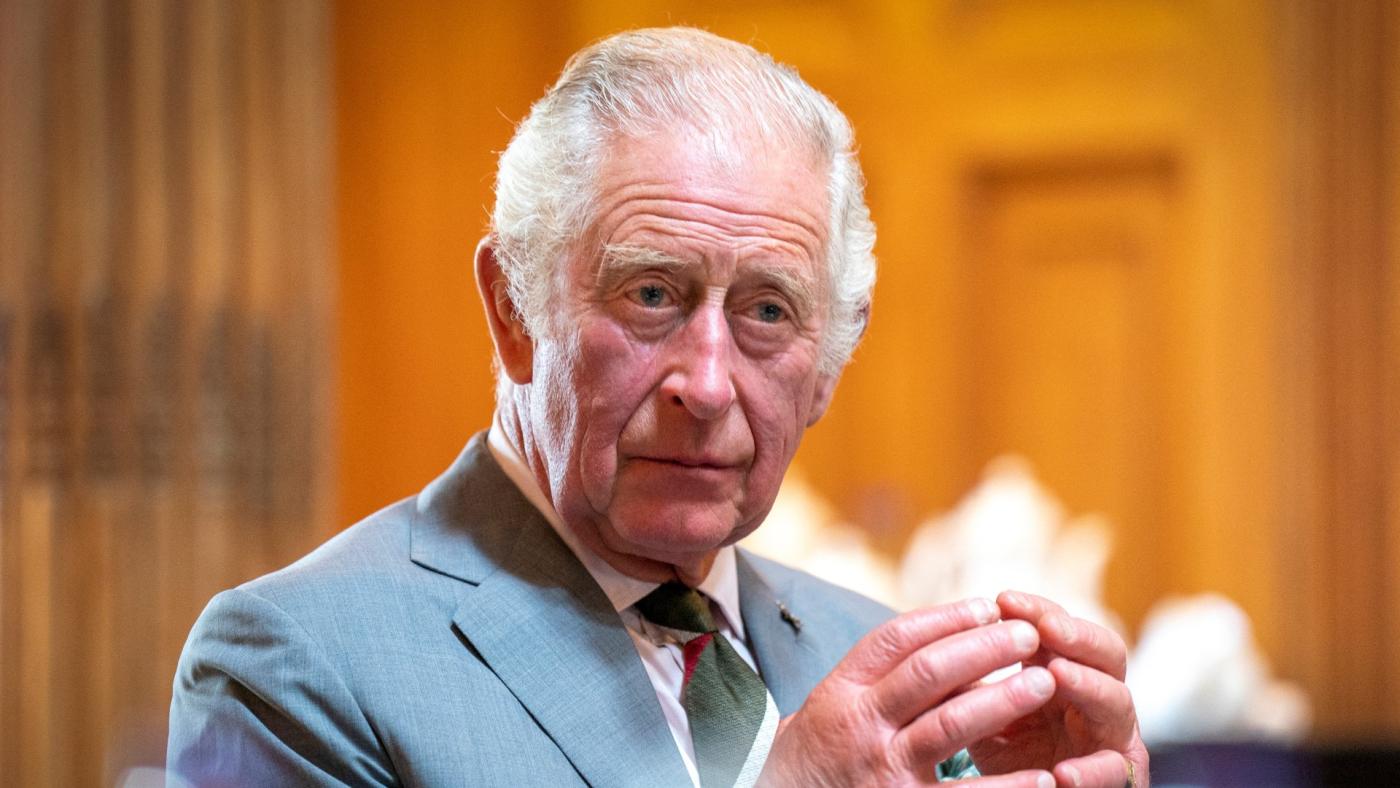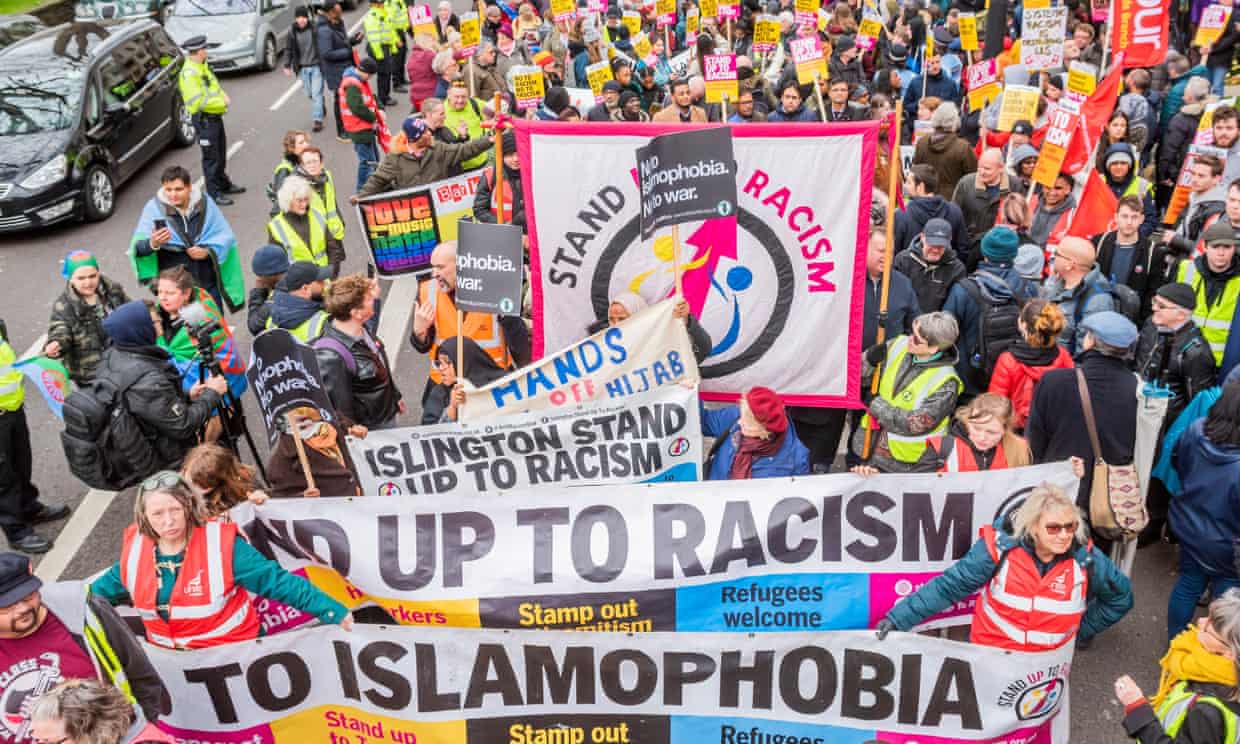After 30 years, the Met museum has embarked on the most ambitious rethinking and rebuilding of its Islamic art galleries in its history, a $50 million endeavor. At the heart of those galleries, which will open in the fall after being closed six years, it dreamed of showcasing the defining feature of Moroccan and southern Spanish Islamic architecture: a medieval Maghrebi-Andalusian-style courtyard, which would function in much the same way such courtyards still do in the traditional houses and mosques of Marrakesh or Casablanca, as their physical and spiritual center.
With world attention focused on the Middle East, the courtyard has taken on an unforeseen importance for the museum; for the Kingdom of Morocco itself, which has followed the project closely; and for a constituency of Muslim scholars and supporters of the Met. They hope it will function not only as a placid chronological way station for people moving through more than a millennium of Islamic history, but also as a symbol, amid potent anti-Islamic sentiment in the United States and Europe, that aesthetic and intellectual commerce remains alive between Islam and the West.






